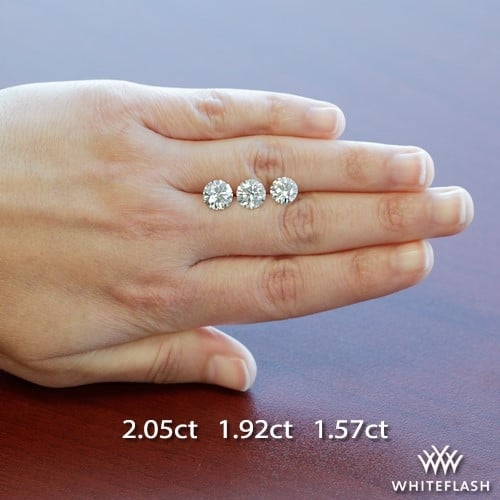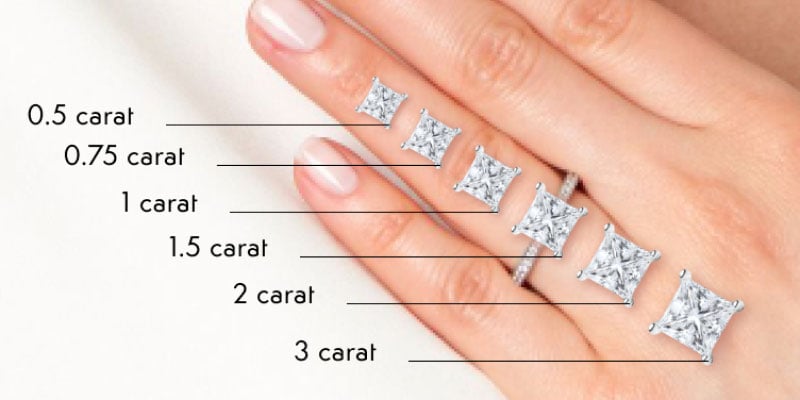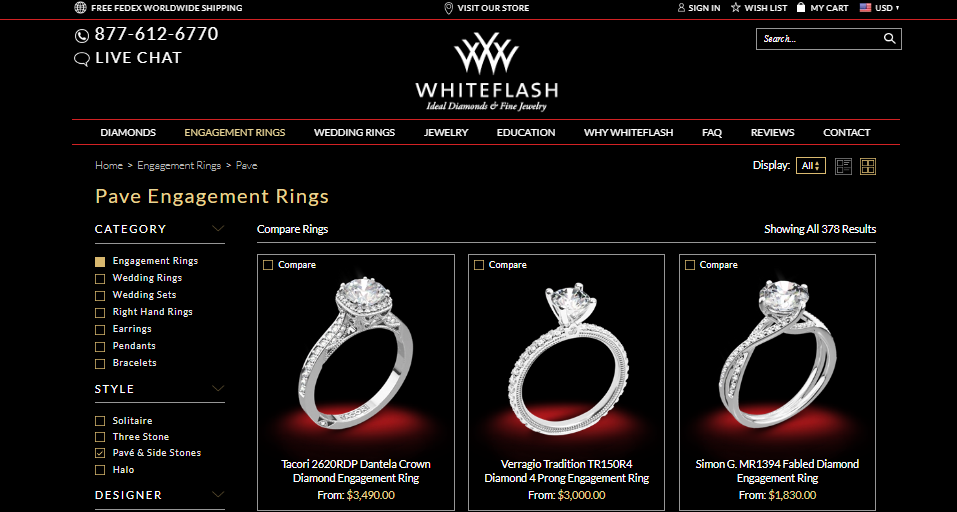Natural Diamond Prices – April 2025
PriceScope delivers a detailed monthly analysis of the natural diamond market, presenting critical insights for prosumers, traders, and industry professionals. This report examines the shifts in natural diamond pricing throughout…



















